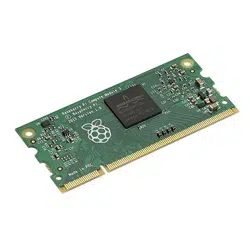Loading ...
Loading ...
Loading ...

©2019 NEC Display Solutions, Ltd. Page 18 of 74
3.4 Software control via IR Remote
An IR Remote can be used to control software running on the Compute Module, such as a media player.
IR Remote control signals are received via the display’s built-in IR remote sensor or via an optional
external KT-RC2 sensor.
This feature can be used in two ways:
• As a CEC (Consumer Electronics Control) device
Specific buttons on the NEC IR Remote will perform actions, such as Stop, Play, Next, Previous,
etc., on CEC enabled software on the Compute Module. The display is responsible for receiving
and decoding the IR Remote signals, and then forwarding them on to the Compute Module as
standard CEC commands.
Only the NEC IR Remote can be used and CEC support must be enabled on the display and in the
Operating System on the Compute Module. See Figure 3.4-3: Supported CEC buttons on the NEC
IR Remote.
The buttons used for CEC commands are dual-function on the NEC IR Remote. When the
display’s OSD is active (being displayed) the buttons will perform display related functions.
When the OSD is not active the buttons will perform CEC functions. Press the EXIT button on the
IR Remote to exit and deactivate the OSD.
See sections 8.15 and 8.16 for more information.
• As a generic IR receiver
Demodulated raw IR signals received by the IR remote sensor are passed to the Raspberry Pi
Compute Module via GPIO 18. Packages such as lirc can be used to decode the raw IR signals.
IR Remotes other than the NEC IR Remote, such as a standard MCE/RC6 type, can be used as
long as they use a 40 KHz carrier. See sections 7.4 , 7.5 , and 8.5 for more information.
Loading ...
Loading ...
Loading ...
